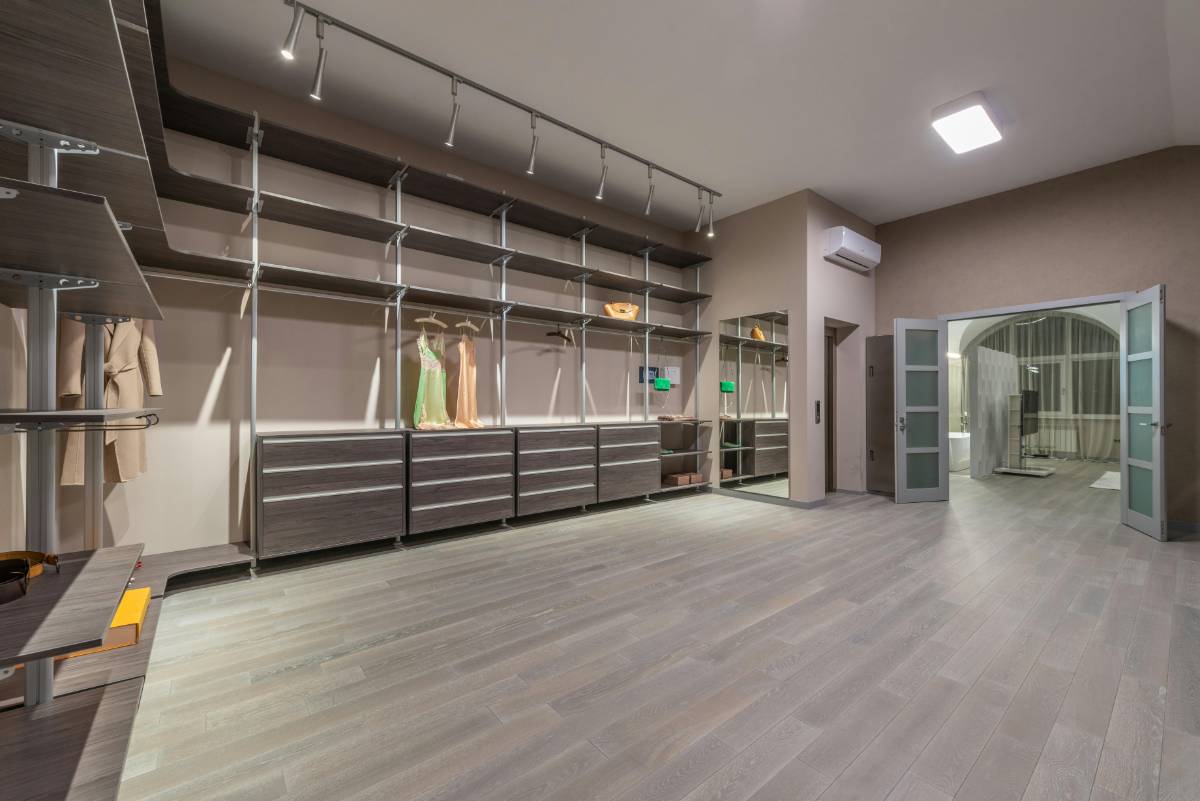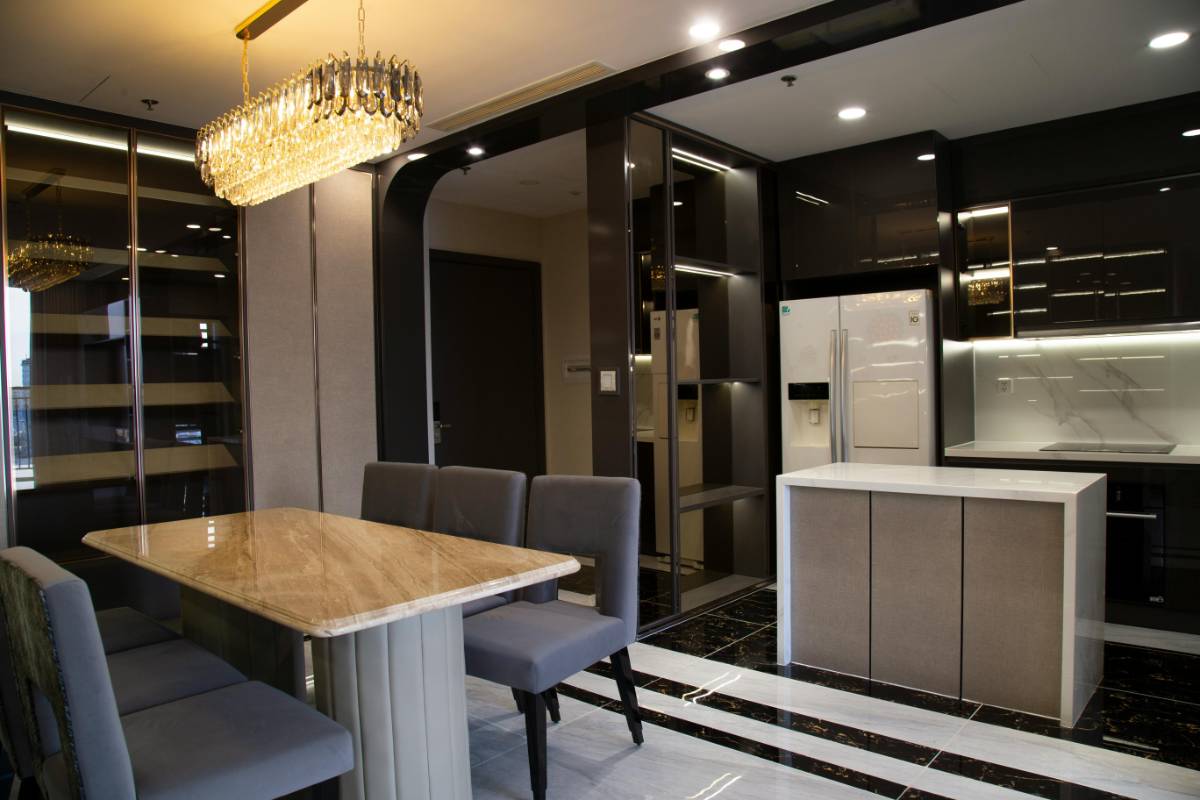The Role of Passive Design in Sustainable Architecture

4 min read
|16 Mar 2025Passive design is a crucial element of sustainable architecture, focusing on optimizing a building's performance through its inherent design rather than relying heavily on mechanical systems. By leveraging natural resources and environmental factors, passive design techniques aim to create comfortable, energy-efficient buildings that minimize their ecological footprint. This article explores the role of passive design in sustainable architecture, discussing its principles, benefits, and practical applications.
Understanding Passive Design
Passive design involves strategies that enhance a building's energy efficiency by using its orientation, layout, and construction materials to harness natural climate conditions. The goal is to reduce the need for mechanical heating, cooling, and lighting, thereby lowering energy consumption and operational costs. Key principles of passive design include:
Building Orientation: Properly orienting a building to take advantage of natural light and prevailing winds is fundamental to passive design. In the Northern Hemisphere, south-facing windows capture solar heat and light, while shading devices prevent overheating. Conversely, in the Southern Hemisphere, north-facing windows serve a similar purpose.
Thermal Mass: Materials with high thermal mass, such as concrete or brick, absorb and store heat during the day and release it slowly at night. This stabilizes indoor temperatures and reduces the need for mechanical temperature control.
Natural Ventilation: Designing buildings to facilitate natural airflow reduces reliance on mechanical ventilation systems. Strategic placement of windows, vents, and skylights encourages cross-ventilation, improving indoor air quality and comfort.
Daylighting: Incorporating natural light through windows, skylights, and light wells reduces the need for artificial lighting during the day. Effective daylighting strategies enhance indoor spaces, reduce energy use, and improve occupant well-being.
Passive Design Techniques
Several passive design techniques can be integrated into architectural projects to achieve energy efficiency and sustainability:
Site Planning: Analyzing the building site and its surrounding environment is essential for passive design. Factors such as topography, vegetation, and local climate influence design decisions, including building orientation and placement of windows and shading devices.
Building Envelope: The building envelope, including walls, roofs, and windows, plays a critical role in passive design. High-quality insulation, airtight construction, and energy-efficient windows and doors contribute to thermal performance and comfort.
Shading Devices: External shading devices, such as overhangs, pergolas, and louvers, prevent excessive solar heat gain while allowing natural light to penetrate. These devices help maintain comfortable indoor temperatures and reduce cooling loads.
Green Roofs and Walls: Green roofs and living walls provide insulation, reduce heat island effects, and manage stormwater. They also contribute to biodiversity and enhance the building’s aesthetic appeal.
Advantages of Passive Design
Passive design offers numerous benefits for both building occupants and the environment:
Energy Efficiency: By minimizing the need for mechanical heating and cooling, passive design techniques reduce energy consumption and lower utility bills. This contributes to overall energy efficiency and sustainability.
Comfort: Passive design enhances indoor comfort by maintaining stable temperatures and improving air quality. Natural ventilation and daylighting create pleasant living and working environments, reducing reliance on artificial systems.
Environmental Impact: Reducing energy consumption through passive design decreases greenhouse gas emissions and lessens the building’s environmental footprint. This supports broader goals of climate change mitigation and environmental conservation.
Cost Savings: Lower energy consumption leads to reduced operational costs and long-term savings. Passive design strategies often result in lower maintenance and replacement costs for mechanical systems.
Practical Applications
Passive design principles can be applied to various building types, from residential to commercial and institutional:
Residential Buildings: In residential architecture, passive design techniques create comfortable, energy-efficient homes. Strategies such as passive solar heating, natural ventilation, and daylighting contribute to sustainable living spaces.
Commercial Buildings: Passive design enhances energy performance in commercial buildings, including offices, retail spaces, and educational facilities. Integrating natural light, ventilation, and thermal mass improves occupant comfort and reduces operational costs.
Public Buildings: Schools, libraries, and community centers benefit from passive design by providing energy-efficient, healthy environments for public use. Effective passive strategies create sustainable landmarks and enhance community well-being.
Challenges and Considerations
Implementing passive design strategies may present challenges:
Design Complexity: Passive design requires careful planning and integration of various elements. Architects and designers must balance multiple factors, including site conditions, climate, and building function, to achieve optimal results.
Initial Costs: Some passive design techniques, such as high-quality insulation or advanced glazing systems, may involve higher upfront costs. However, these costs are often offset by long-term energy savings and improved building performance.
Adaptation to Climate: Passive design strategies must be tailored to the specific climate and environmental conditions of the building site. What works in one region may not be effective in another, requiring a customized approach.
Conclusion
Passive design plays a vital role in sustainable architecture by optimizing a building’s performance through natural means. By focusing on building orientation, thermal mass, natural ventilation, and daylighting, passive design techniques create energy-efficient, comfortable, and environmentally friendly structures. Despite challenges, the benefits of passive design make it a valuable approach to achieving sustainability and enhancing the quality of the built environment. Through thoughtful integration of passive design principles, architects and builders can contribute to a more sustainable and resilient future.
RECENT POSTS
1
Luxury Kitchens: Where Functionality Meets Opulence
5 min read | 21 May 20252
Bespoke Furnishings: How Custom Pieces Elevate Your Living Space
5 min read | 20 May 20253
A Look Inside the Most Expensive Penthouses in the World
2 min read | 19 May 20254
Investing in Luxury Real Estate: Is It Worth the Price Tag?
5 min read | 18 May 20255
Lavish Outdoor Living Spaces: Design Ideas for the Ultimate Backyard
5 min read | 17 May 20256
What Makes a $100,000 Bottle of Wine Worth It?
2 min read | 16 May 2025MORE POSTS

How to Choose the Right Furniture for Small Spaces
5 min read | 05 Jun 2025
The Best Accessories to Elevate Your Living Space
3 min read | 04 Jun 2025
10 Must-Have Furniture Pieces for a Stylish Home
5 min read | 03 Jun 2025
Furniture Care Tips: How to Maintain and Protect Your Pieces
2 min read | 02 Jun 2025
Creating a Stylish Entryway with the Right Furniture and Accessories
2 min read | 01 Jun 2025
The Art of Accessorizing: Using Decor to Enhance Your Furniture
3 min read | 31 May 2025MORE ARTICLES

2 min read | 24 May 2025
The Rise of Wellness Retreats in Luxury Living
Wellness retreats have become a significant trend in luxury living, combining the pursuit of health and relaxation with high-end experiences. These retreats offer a sanctuary from the stresses of everyday life, providing a holistic approach to well-being within luxurious settings. Here’s an exploration of the rise of wellness retreats and what makes them a coveted aspect of modern luxury living.

4 min read | 23 May 2025
Designing the Perfect Walk-In Closet for Your Dream Home
A walk-in closet is a luxurious feature that can elevate the functionality and elegance of your dream home. Designing the perfect walk-in closet involves a combination of thoughtful planning, high-quality materials, and personal style. Here’s how to create a walk-in closet that meets your needs and adds a touch of sophistication to your home.

3 min read | 22 May 2025
Sustainable Luxury: The Green Revolution in High-End Living
Sustainable luxury represents a harmonious blend of high-end living and environmental responsibility. As more people seek to reduce their ecological footprint, the concept of green living is being integrated into luxury homes and lifestyles. Here’s a look at how sustainable practices are revolutionizing the world of luxury.

5 min read | 21 May 2025
Luxury Kitchens: Where Functionality Meets Opulence
A luxury kitchen is more than just a place to cook—it's a blend of high functionality and opulent design. Combining state-of-the-art technology with stunning aesthetics, these kitchens are crafted to be both beautiful and highly practical. Here's how to create a kitchen that marries functionality with luxury.

5 min read | 20 May 2025
Bespoke Furnishings: How Custom Pieces Elevate Your Living Space
Bespoke furnishings add a unique touch to any home, transforming a standard living space into a personalized sanctuary. Custom-made pieces are tailored to fit your style and needs, elevating both the functionality and aesthetics of your home. Here’s a look at how bespoke furnishings can enhance your living space.

2 min read | 19 May 2025
A Look Inside the Most Expensive Penthouses in the World
Penthouses have long been the epitome of luxury living, offering unrivaled views, privacy, and opulence. As some of the most expensive properties in the world, these penthouses redefine high-end living with their extravagant features and meticulous design. Here’s an exclusive look inside some of the most expensive penthouses globally.
